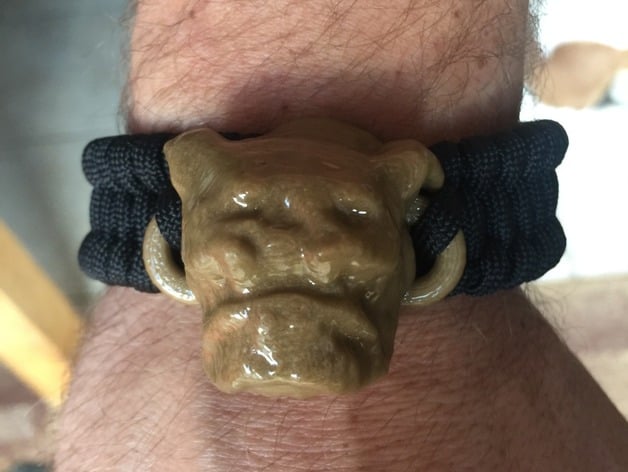
bully paracord
thingiverse
Making Paracord Knots with Ease. Knot tying is a skill that every outdoorsman should master, and paracord knots are no exception. They're incredibly versatile and can be used in countless ways to secure gear, create shelter, or even as a makeshift tow rope. In this tutorial, we'll show you how to tie six essential paracord knots that will make your outdoor adventures much safer and more enjoyable. First up is the Figure Eight Knot. This knot is a must-have for any outdoorsman, and it's surprisingly easy to learn. To tie a Figure Eight Knot, start by holding two ends of paracord together with one hand, then use your other hand to create a loop in one end of the cord. Next, pass the free end under the loop you just created and pull it tight. Once you've mastered the Figure Eight Knot, move on to the Bowline Knot. This knot is perfect for creating a secure loop at the end of a rope, making it ideal for climbing or rescue applications. To tie a Bowline Knot, start by holding one end of paracord in each hand, then pass the free end under the standing part of the cord and through the loop. Next up is the Sheet Bend Knot. This knot is great for joining two ropes together, and it's especially useful when you need to create a longer rope on the fly. To tie a Sheet Bend Knot, start by holding two ends of paracord together with one hand, then use your other hand to pass the free end under the standing part of the cord. The Reef Knot is another essential knot that every outdoorsman should know how to tie. This knot is perfect for securing two ropes together, and it's especially useful when you need to create a makeshift tow rope. To tie a Reef Knot, start by holding two ends of paracord together with one hand, then use your other hand to pass the free end under the standing part of the cord. The Clove Hitch Knot is a great knot for securing a rope to a post or tree. This knot is easy to learn and can be tied quickly, making it perfect for emergency situations. To tie a Clove Hitch Knot, start by holding one end of paracord in each hand, then pass the free end under the standing part of the cord. Last but not least is the Alpine Butterfly Knot. This knot is great for joining two ropes together, and it's especially useful when you need to create a longer rope on the fly. To tie an Alpine Butterfly Knot, start by holding two ends of paracord together with one hand, then use your other hand to pass the free end under the standing part of the cord. With these six essential paracord knots under your belt, you'll be well-equipped to handle any outdoor adventure that comes your way. Whether you're camping, hiking, or rock climbing, knowing how to tie a few good knots can make all the difference between success and failure. So take some time to practice tying these knots, and soon you'll be a pro at making paracord knots with ease!
With this file you will be able to print bully paracord with your 3D printer. Click on the button and save the file on your computer to work, edit or customize your design. You can also find more 3D designs for printers on bully paracord.
